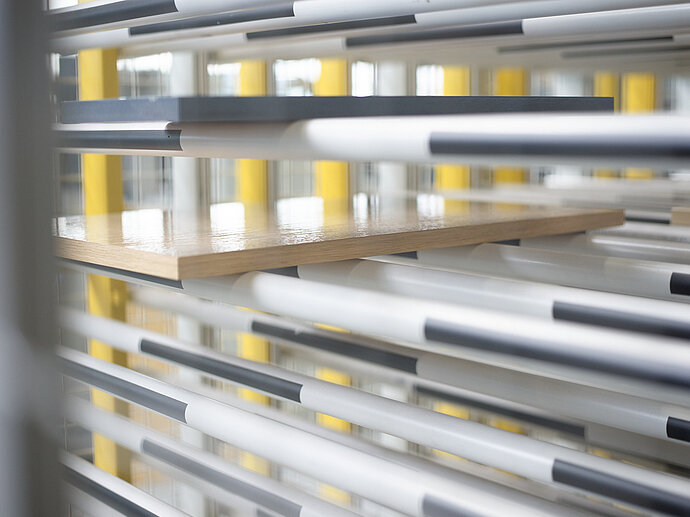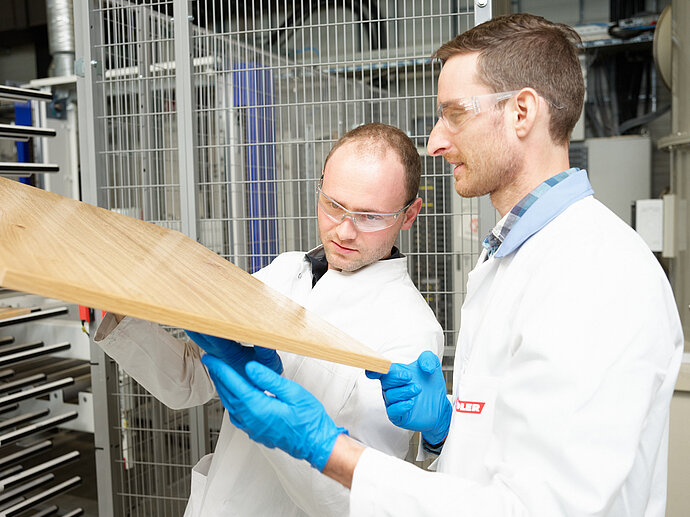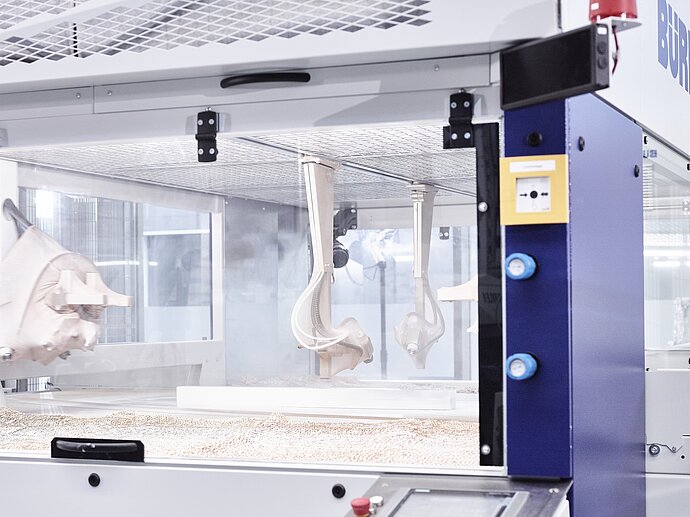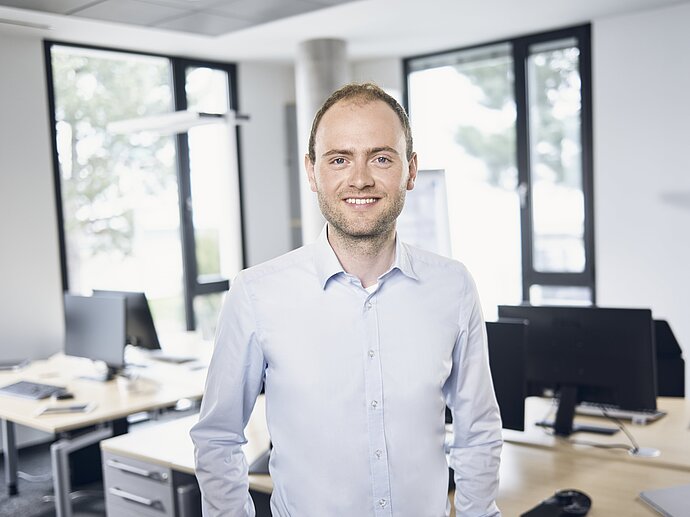In industry, it has been shown that an additional efficiency-enhancing function or an optimised design of production systems usually quickly brings economic benefits for the end producer. As a plant manufacturer, it is crucial to continuously provide technological progress and at the same time be able to demonstrate the added value of a higher investment.
There is a simple principle in the often complex amortisation calculations and sustainability considerations: Every per cent of material savings automatically improves the sustainability balance of the end product and simultaneously reduces the cost of material usage. In the long term, any fossil materials that are still required must be replaced by materials based on renewable raw materials. The less of these materials are required, the more favourable the production process remains.
One example in the coating process is the automatic control of the application quantity in the roller application process. Sensor systems continuously monitor the amount of paint applied and feed the measured values back to the application machine in real time. If the application quantity runs in one direction, the dosing device is readjusted fully automatically so that the target value is reached again - the usual upward safety tolerance can be saved. Savings of 10-20% of the total quantity are the rule here and not the exception. This process is made possible by the development of appropriate sensor technology and the higher degree of automation of the machine.
![[Translate to Englisch:] [Translate to Englisch:]](/fileadmin/_processed_s3/1/3/csm_Walzauftraganlage_mit_UV_Trockner_bbf18cfe0f.jpg)



